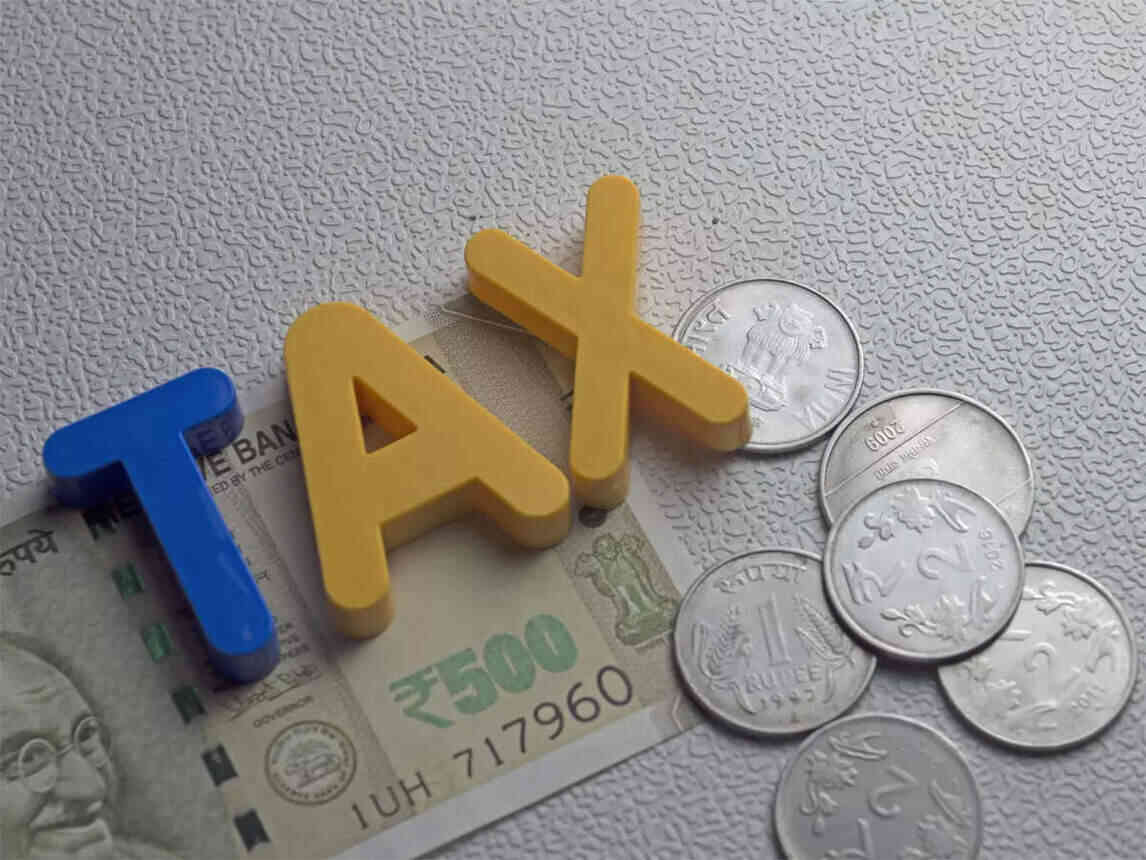AUSTRAC’s current transaction reporting guidelines require the use of threshold transaction reports. Reporting entities must determine whether certain services delivered to clients totalling AU$ 10,000 (or more) are considered single or numerous transactions.
As per the new draft advice, it will no longer be necessary to combine several transactions when reporting TTRs since a TTR will be required for each transaction exceeding AU$10,000.
What is a TTR?
Relevant threshold transaction reports (TTR) specify that financial institutions, forex educators and Designated Non-Financial Businesses and Professions (DNFBPs) are obliged to file with FIU for each deposit, withdrawal, currency exchange, or other payment or transfer that exceeds the authorised threshold limit. The TTR limit varies depending on the kind and scope of the reporting entity. TTRs are critical for developing a data bank of customer/client profiles for future use if such transactions are associated with money laundering or terrorism funding. TTRs also assist in constructing a connection chart during the analysis of an STR, assisting the investigator/analyst in locating the criminal components engaged in the transactions and converting financial information into financial intelligence by adding value to the transactions.
TTR is critical for operational and strategic analysis. These guidelines make filing TTRs more convenient by leveraging the authority granted by ALPA, 2008 to facilitate financial analysis by generating financial intelligence from available financial information by adding value to it, preventing money laundering, and controlling terrorist financing by adding value to it.
- Reporting organisations must submit threshold transaction reports to FIU within fifteen days of the transaction date.
- The threshold varies depending on the reporting entity.
- It is possible to reach the threshold amount by making a single cash transaction into a single account or by making a string of transactions made by a single client over a single working day. It may be seen as a total monetary transaction that exceeds the established limit.
- Money transfers via bank checks, bank drafts, electronic funds transfers, wire transfers, or any other written order that does not involve cash transfers are not considered cash transactions. They are also not regarded as negotiable instruments. These payment methods are not subject to the threshold reporting requirement.
- If a transaction exceeds the required level, reporting organizations must require their customer to disclose the source of the funds.
When clients make several cash transactions, each transaction must be treated as a different and independent specified service. Even if many transactions occur quickly, reporting organisations are not required to combine them into one to submit TTR.
When a customer undertakes several cash transactions, AUSTRAC has changed its instructions on submitting threshold transaction reports (TTRs).
From 1 July 2022, AUSTRAC will grant reporting institutions a 12-month transition time to allow them to change their staff training, systems, and processes.
The amended guiding statement of AUSTRAC states that reporting organisations are required to provide a TTR to AUSTRAC for each particular cash transaction of A$10,000 or more. Each monetary transaction a consumer performs is viewed as a unique specified service different from the others. Even if the transactions happened near together, you wouldn’t be forced to combine them and file a combined TTR.
You must file a suspicious matter report with AUSTRAC if you believe a client is trying to break up a significant cash transaction into multiple smaller transactions (a practice known as “structuring”) so it won’t be reported.
Author name- Grace












